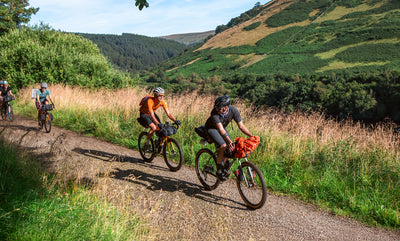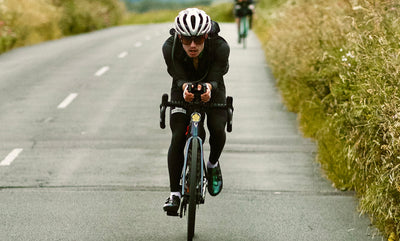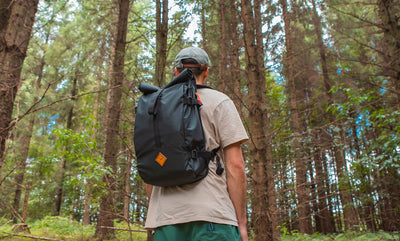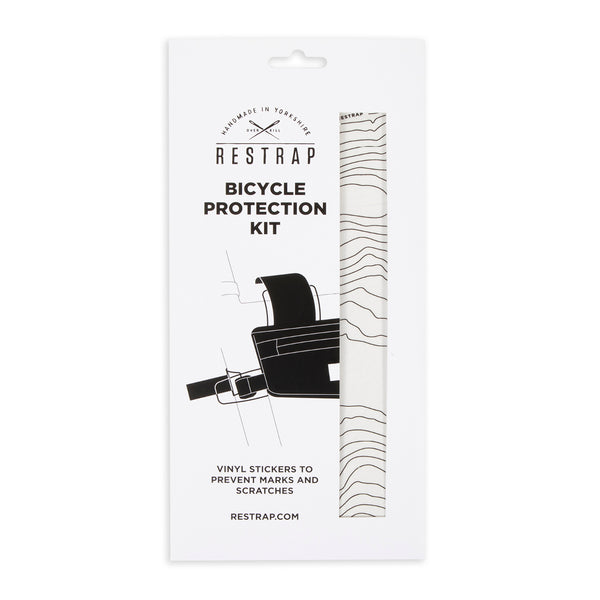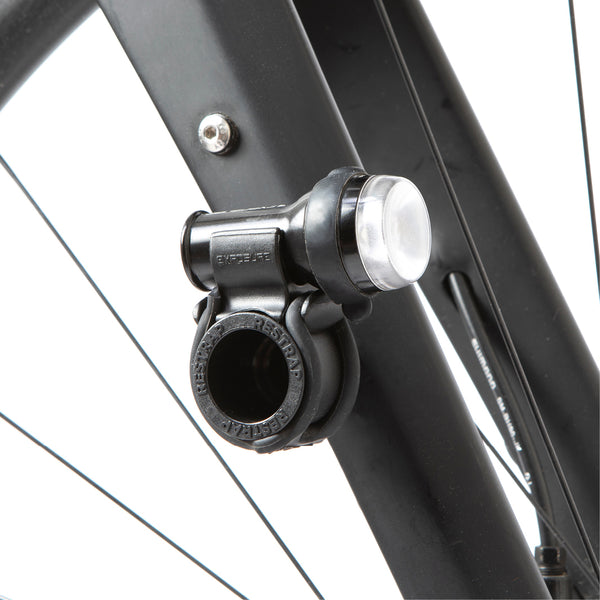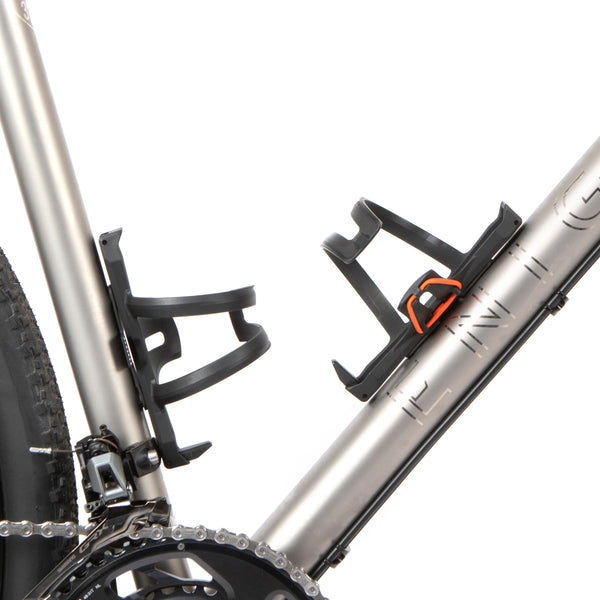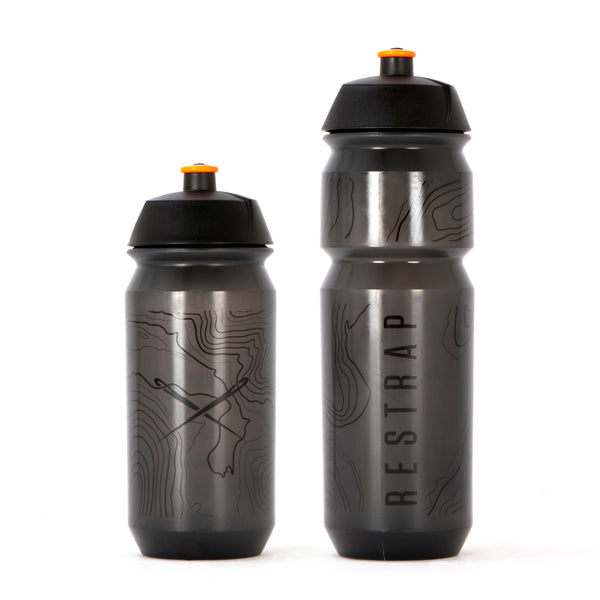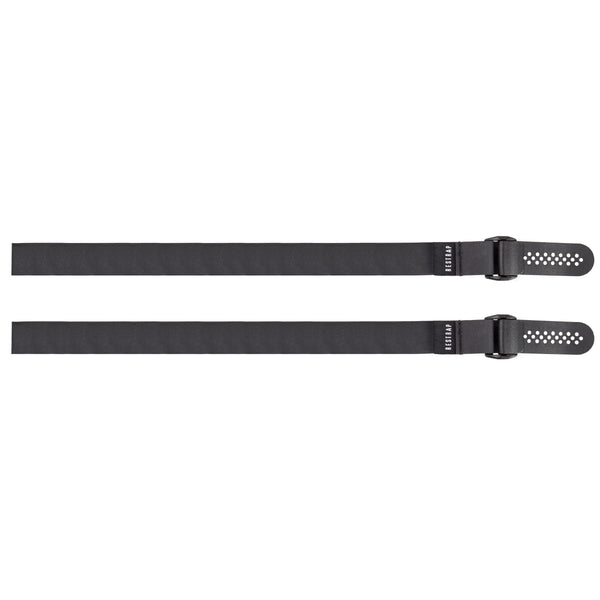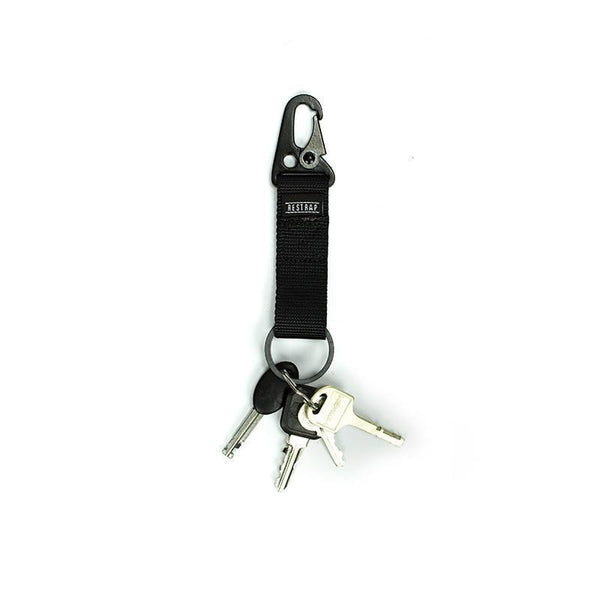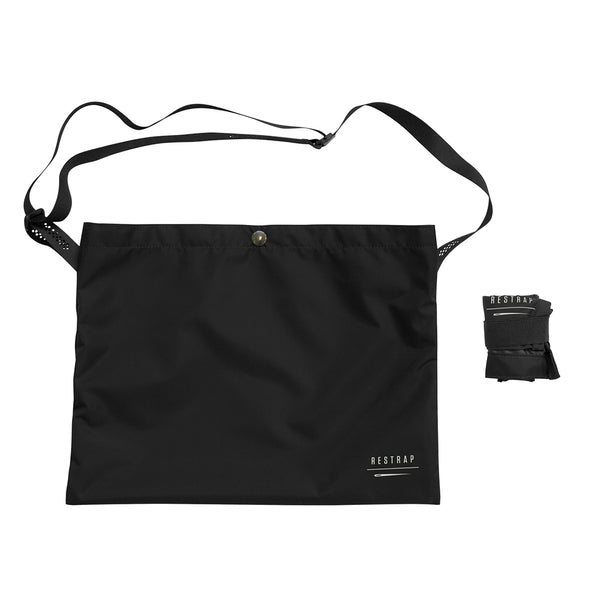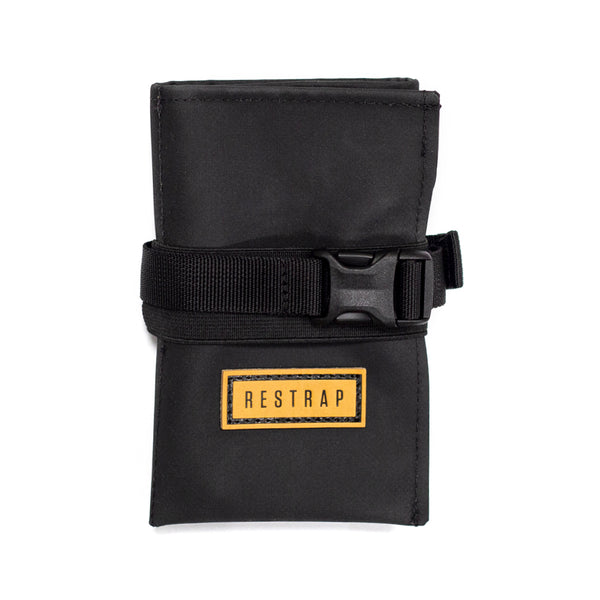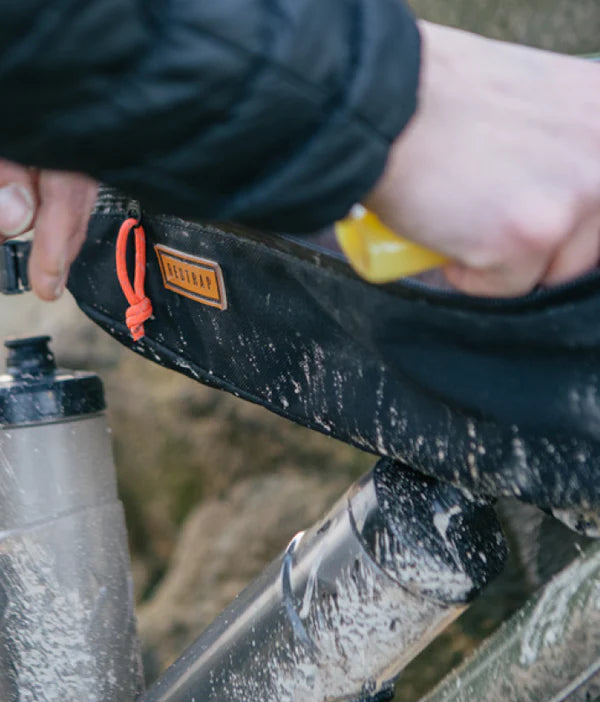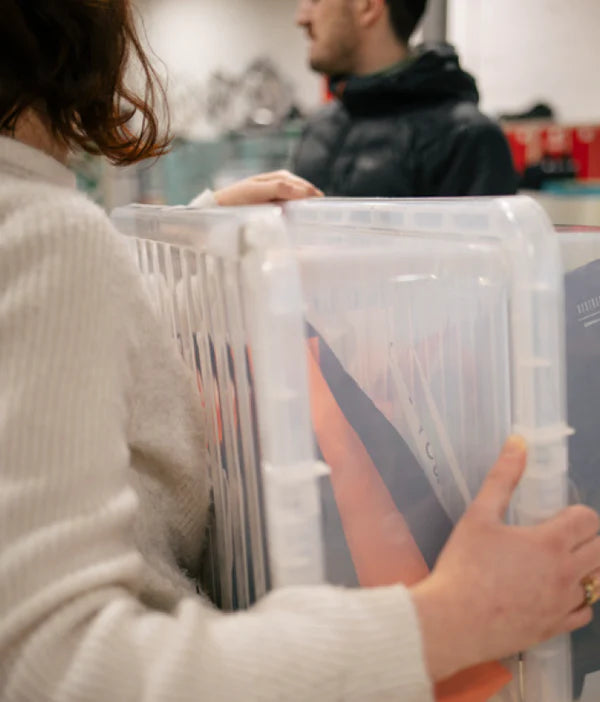Votre panier est vide !
Bag Options For Everyone
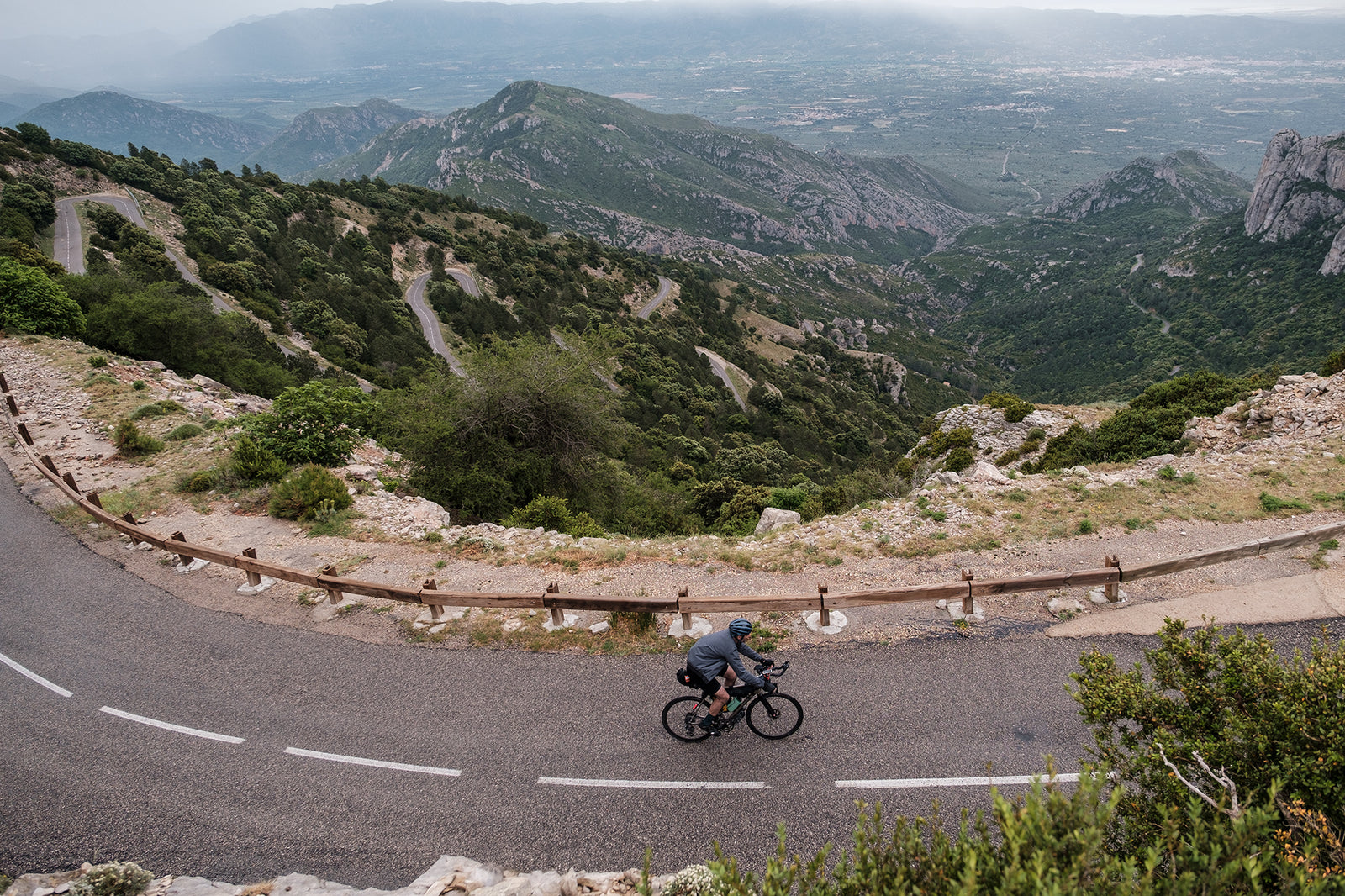
I was having a kit clearout earlier this year. Old lycra that had gone baggy, and maybe some old lycra that was a little snugger than it used to be… racier kit for racier times, when I actually toed the line every now and then.
It got me thinking about how the bike industry has evolved over the last couple of decades, from a collection of companies that largely placed racing at the pinnacle of their range and centre stage of their marketing to the significantly more diverse (in every sense of the term) approach that we have today.

Clothing is an easy place to start. It wasn’t that long ago that if you wanted the best performing kit to wear while riding, you had little choice but to take your styling cues from the peloton, regardless of your desire to actually race or not. Now looks are one thing, but function is something else. What if you wanted a waterproof jacket that had slightly more coverage than a crisp packet and didn’t look like a bin liner with logos? Sure, there’s always been other options out there, but for the most part, they were afterthoughts or not for “serious cyclists”, with cheaper fabrics and questionable performance. Life might have been a little easier if your preferred riding was off-road, but it wasn’t without its pitfalls. Yeah, decent baggy shorts and waterproof jackets were easy to come by, but they often came with the assumption that you wanted to look like you’d just stepped off a motocross bike rather than enjoyed a day in the hills.

What’s bikepacking?
Let’s look a little wider than what we wear though. Entire new riding genres have opened up in the last few years. Being clear – none of these are new. People have been riding drop bar bikes offroad for as long as they have on tarmac. Equally, folk have been strapping camping kit to bikes and heading into the wilds since long before the freewheel was invented. What has changed though is that adventure cycling and gravel riding has gone mainstream. The bike industry has woken up to the fact that a market has been banging on their doors for years and just weren’t being heard. These people weren’t outliers – they were early adopters. Over the last decade or more, we have seen bikes designed especially for adventure, “gravel” become a genre in its own right and “bikepacking” go from niche to national press.

It really wasn’t that long ago that you’d get a quizzical look from anyone that you mentioned bikepacking to. For many the idea of riding for more than one day, carrying everything you need seemed as alien as actually taking part in the Tour de France. For those who were attracted to the idea, they either had to import expensive kit from America, bodge something for themselves, or resort to panniers. (Not that there’s anything wrong with panniers in the right circumstances, but they have their downsides, especially when touring offroad).

I’ve spent a long chunk of last summer in the Alps, and some days I’ve seen as many people bikepacking up and over the famous road cols of France and Italy as I have out for a day ride. This is being replicated the world over. Thousands, if not millions, of people are setting out on their own adventures – from overnighters to riding across continents. Back to those roadies col ticking in the Alps this summer; it was interesting to see how many were using frame or canister bags rather than weighing down their rear jersey pockets. Bikepacking isn’t just growing, it’s making its impact known across the whole cycling scene.

So what?
What does this groundswell change mean for you and I though (whether you are a newcomer or as crusty as I am)? Well, it has led to products designed for the task at hand. Gravel bikes with a million mounts. Actual bikepacking luggage rather than panniers. And within that broad sweep of luggage, there are more choices than ever; we’ve moved beyond the Bar Bag, Frame Bag and Saddle Bag combo. Need to carry more? Add top tube bags, Stem Bags, Carry Cages and Fork Bags. Out for the day? Replicate those col tickers above and pop on a canister bag and maybe a frame or top tube bag. Options everywhere.

Even better, the whole bike industry has moved on… Proper riding jackets with hoods. Improved tyre clearance on road bikes. “Endurance geometry”. Lycra shorts with pockets. Apps like Komoot that allow you to plan epic trips rather than win KOMs. Products and services that make it easier and more comfortable than ever to explore the world by bike.
It also means marketing budgets spent on something other than racing. Instead we see inspirational films – think Lachlan Morton bikepacking the 2021 TdF route and the rest of EF Cycling’s “Gone Racing” series – as well as investment in grassroots communities, and a focus on events that deliver more than competition (even if there is still a competitive aspect).

Finally; it means a growing community. One that doesn’t necessarily look like the cyclists of old, and is all the healthier for it. The message is increasingly clearer (but still needs to be shouted louder than ever); cycling is for everyone and there is a facet of this amazing sport ready and waiting for you; whether you want to wear aero lycra or cut off denim shorts.

Words by Tom Hill
Photos by Thomas Montes, Lloyd J Wright, Johny Cook, Vincent Engel, Maja Johansson














